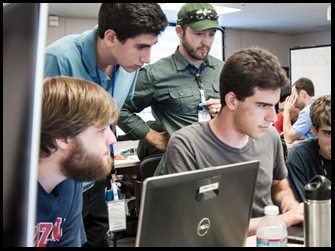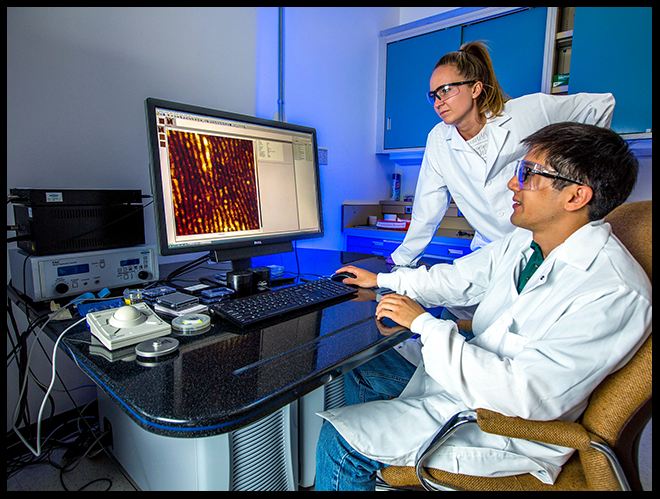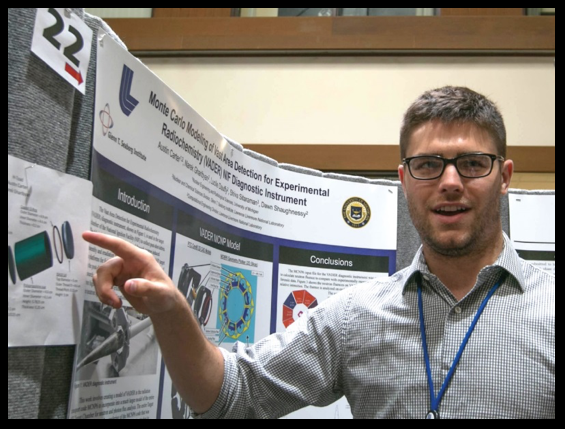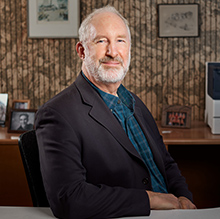Physical and Life Sciences
at Lawrence Livermore National Laboratory
Mission-driven sciences and technology advancing the security and well-being of the nation
Internships

Computational Chemistry and Materials Science Summer Institute
This program gives students the opportunity to work directly with leading LLNL researchers on the development and application of cutting edge methods in computational materials science and chemistry.

Materials and Chemistry Institute Summer Internship
This is a unique summer internship experience wherein interns have access to state-of-the-art facilities, work with mentors on real projects that directly impact LLNL’s national security mission, gain hands-on experience, and attend seminars.

Nuclear Forensics Summer Institute
This program offers students the opportunity to engage in practical research experience and work directly with leading LLNL researchers on projects in the areas of nuclear forensics, nuclear chemistry, and environmental radiochemistry.
Principal Associate Director’s Column

Glenn Fox, PLS Principal Associate Director
Predicting and preventing degradation
Collaboration that accelerates innovation
Featured video
Materials Science on a Mission
The Materials Science Division provides broad capabilities and expertise to execute the existing and future national security missions. The nation relies on our materials advances to meet our stockpile stewardship mission, but also the range of other national security missions in energy security, advanced computing, climate management, and deterrence.




